Up Next

Amid Formula 1’s fractious and seemingly endless debate about format changes, the reduction of Friday’s two practice sessions from 90 minutes to an hour has been implemented with little furore. After all, few fans were clamouring for more Friday practice.
The teams themselves have also adapted with characteristic efficiency. Given the tyre allocation remains unchanged, and the fact that significant time in FP1 in particular was spent in the garage, it was never likely to have as big an impact as the loss of one-third of the Friday track time might suggest. But that doesn’t mean it hasn’t had an impact.
The shortened sessions has resulted in a 20% reduction in Friday running, based on a comparison of the total Friday laps completed in Bahrain, Portugal and Spain. Imola was excluded from this comparison owing to it being a two-day event in 2020.
But perhaps a more accurate number is produced by looking just at the two most recent races in Portugal and Spain, given the reduction in laps in the Bahrain season opener was around a third owing to extra time spent in the garage changing car specifications. That suggests a loss of 15% of running, which drops even more to 10% when you allow for the time lost to red flags that distorts the comparison.
As Mercedes trackside engineering director Andrew Shovlin explains, judging the impact isn’t straightforward given the relationship between mileage and work done is somewhat non-linear.
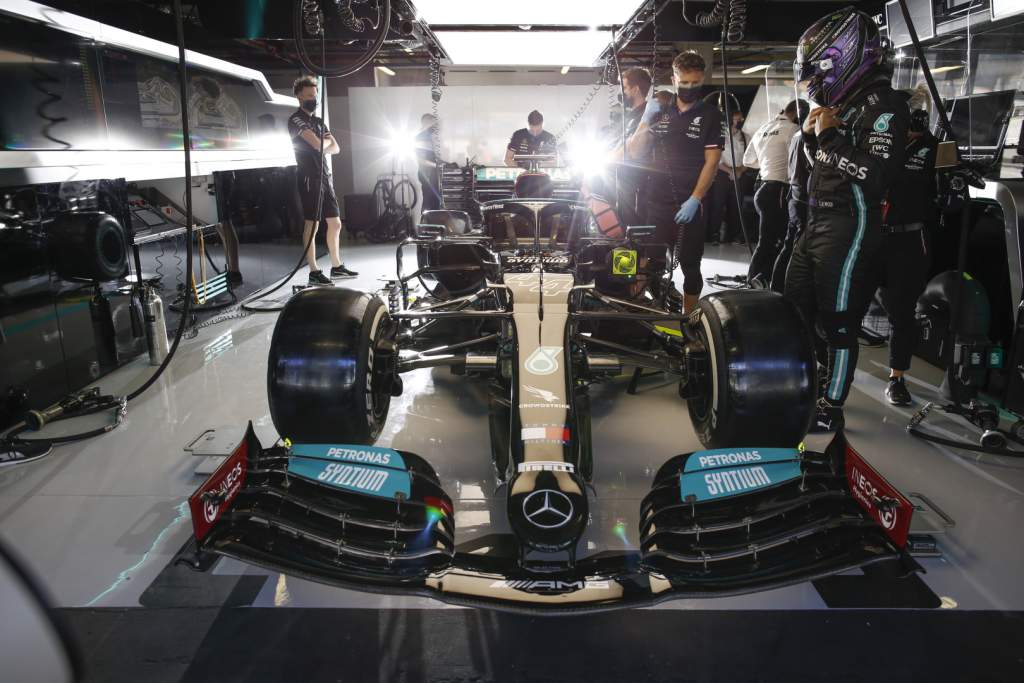
“If you look at what we did before, FP1 was longer than we needed so we would often sit around for the first 10-15 minutes, then we’d have a fairly busy session” Shovlin tells The Race. “So with the one-hour format, FP1 has been slightly compressed, but you can get most done of what you needed to.
“FP2 will be busy from the start, so that starts to impact the amount of running that you can do. But it also means that you’ve got turnaround down to eight minutes or seven minutes, whereas previously we might be able to afford a 12-minute turnaround, which actually allows you to do more stuff.
“For every job on the car, we know how long it is and when that turnaround time gets reduced, there might be more involved changes like, for instance, changing the rear wing that this year pretty much drops off the table.
“The other factor is, when you are doing the long run, you start learning from about lap five or six because the first part of that long run is actually just the tyres coming up to temperature.
“We might be looking at brake cooling, we might be looking at power unit cooling, all of those things are stabilising for the first five or six laps. So while it doesn’t seem like a big reduction from doing, say, an 18-lap long run to 14 laps, the really useful bit of learning is halved in that scenario.”
The reduced time also leaves less room to manoeuvre when it comes to stoppages. With the clock continuing to count down during red flags, incidents such as Robert Kubica spinning his Alfa Romeo into the gravel at Turn 10 in FP1 in Spain, which led to a red flag lasting 6m37s and interrupted the long runs, do have an impact.
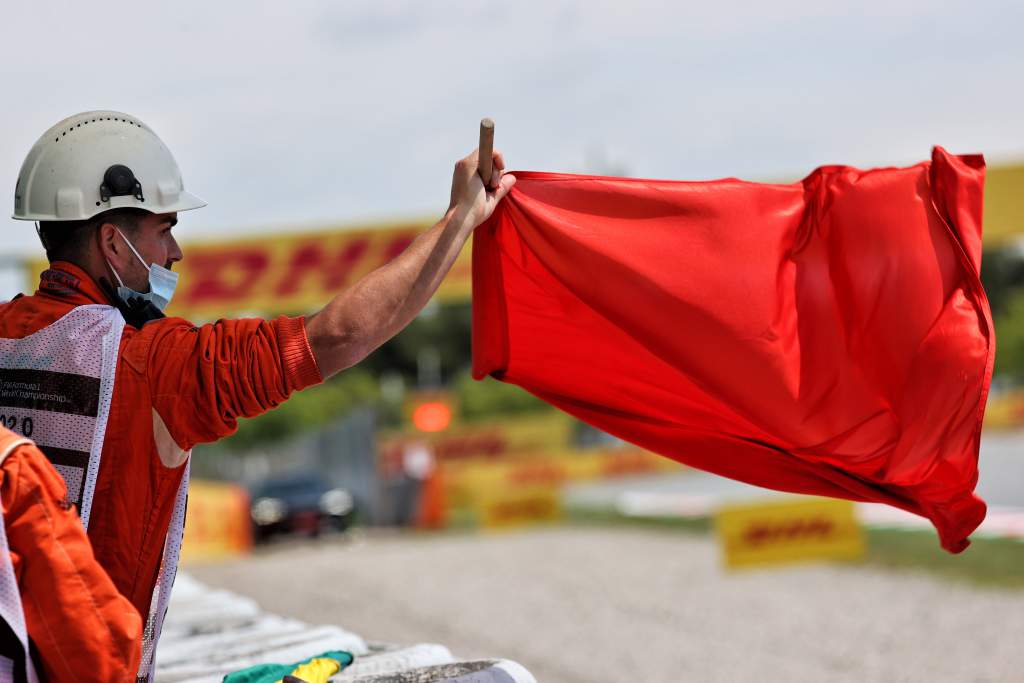
But as you’d expect for a team like Mercedes, this also presents an opportunity to gain an advantage by dealing with the interruption more effectively.
“The chance of red flags goes up a lot when you are on a circuit with gravel traps and when you are at a track like Imola or Barcelona, there is a risk if people make a mistake it will stop the session,” says Shovlin.
“That could easily render your long run pretty much useless. If you get a red flag five laps in, even if you get out again, you haven’t got a lot of data to work with because you just ended up with two warm-up phases.
“Suddenly, how efficient are you at using the session to learn becomes a differentiator between us and other teams that you can look to exploit because if you are organised. If you get the car out on track quickly, you can do the most learning. But it’s certainly made it more of a challenge than it used to be.”
The basic pattern of FP1 and FP2 remains largely unchanged. The first session is experimental, although the removal of the so-called P140 tyre rule ahead of the Portuguese Grand Prix has increased flexibility.
This rule stipulated a tyre that had to be nominated in advance that could not be used after the first 40 minutes of FP1, and did initially remain in the rulebook this year before it was eliminated.
Now, teams have tyre freedom. This means that the original set of tyres is still available to be used later in the session, which can either be a luxury or essential if the second set of tyres is ruined by a puncture or flatspot.
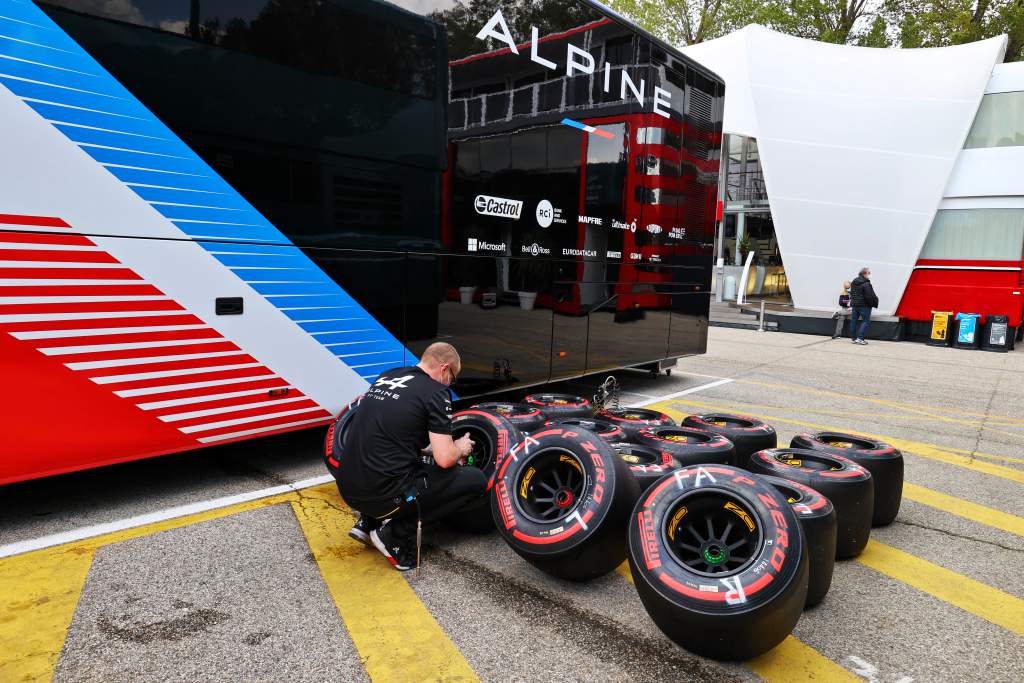
But it also adds to the increased disorder of FP1, given that the rule created a more predictable flow to the session in terms of how busy the track would be.
“That used to be quite a nice constraint because you knew the track would be clear just after that [40 minutes], whereas you don’t get that now so it’s a bit harder to predict what people are going to do now,” says Shovlin.
“In Monaco, what we used to do was run straight out and then come in and be ready to run again as everyone was coming in on 40 minutes. That meant the drivers got lots and lots of clear laps. There was one Thursday where Nico [Rosberg] said he almost didn’t see another car all session and we would just run in the quiet bits.
“What we figured at Monaco was actually clear laps are more useful than chasing the track evolution. You won’t that sort of gap between the first set and the second set anymore, so it’s a bit harder to predict what the others will do, but over time, teams tend to drift towards similar programmes.”
The structure of FP2 runplans remains similar to last year. The key points here are the qualifying simulation that follows the initial work, which is followed by the long-runs. Given the significance of tyre management, this is the critical learning period of Friday practice and has a potentially big impact on the race. The Spanish GP weekend is a good example of this significance.
“The long runs are the really useful bit,” says Shovlin. “It’s where you learn about any issues for the race. Sometimes you might be lucky and the car is in the right place anyway, other times you have got to make changes.
“If you miss that long run, you are then going into Sunday with a real unknown. It’s so close with us and Red Bull at the moment that getting that race balance right and understanding tyre wear and understanding how far you go on the stints are key.
“In Bahrain, we went for a stint length they didn’t think was manageable, and that was how the opportunity arose to do it. So that homework is a really key part of the strategy because when it’s tight with Red Bull, a lot of it is who’s prepared to take the biggest risks of pushing things to the limit to try and get track position. It’s a calculated risk.”
That certainly played its part in Spain, where Mercedes committed to a two-stop strategy and backed Lewis Hamilton’s ability to gain track position in the final stint. And while the teams have now adapted to the challenges of one-hour Friday sessions, these key differences will continue to have an impact on what happens in the race.
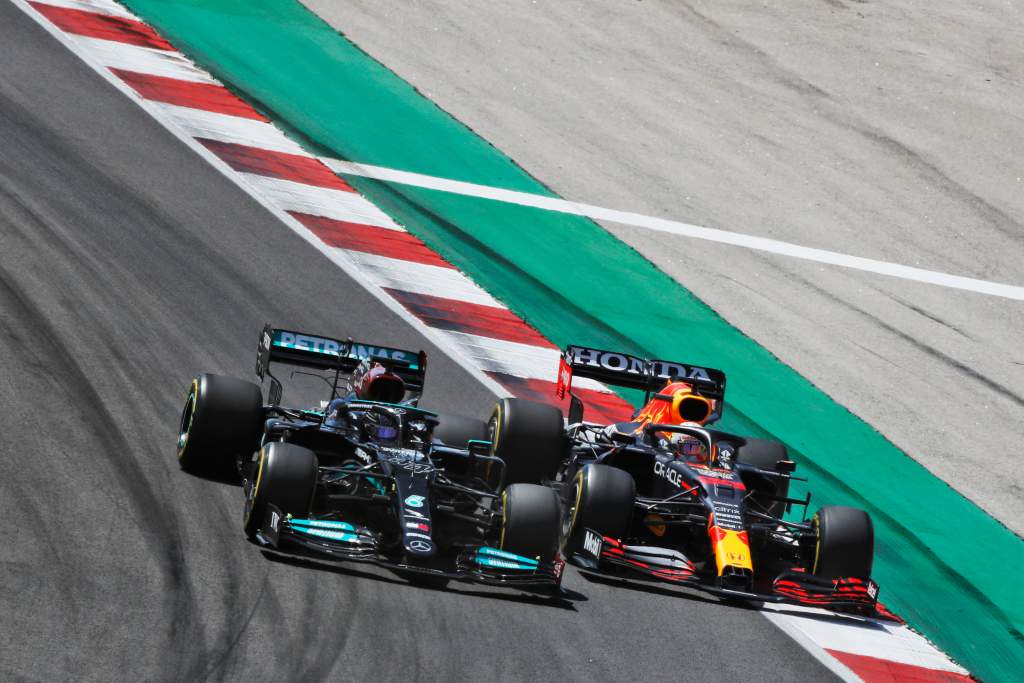
There’s also the added challenge of the sprint qualifying races, which will be held at three races this year and are set to start at Silverstone. With qualifying itself taking place on Friday afternoon after just one practice session, FP2 and FP1 are effectively rolled into a single one-hour session.
“It’s fairly formulaic and writes itself,” says Shovlin of the run plans for regular Fridays. “But where it will be a case of starting from a blank sheet will be the sprint races. You’ve got one session and then the car is into parc ferme.
“Normally we’ve got three hours of running before we arrive at that point and you won’t be able to do everything to the same standard you would normally, which is the attraction of the format. So you have got to look at what are the key things – we cannot go into the race with certain problems.
“The qualifying session then hopefully gives you an opportunity to work on the low fuel – hopefully because you’re in it through all those sessions – so you can work on it with wing adjusts and electronic changes. But the thing you won’t be able to do is change your cooling or your mechanical balance and those are perhaps the key things to get right.
“When we had the two-day format with Imola [in 2020]. it was another one where we spent a lot of time discussing the format to try and understand what’s the best way to play the session. What you tend to find over time as well is, people drift towards similar plans.”
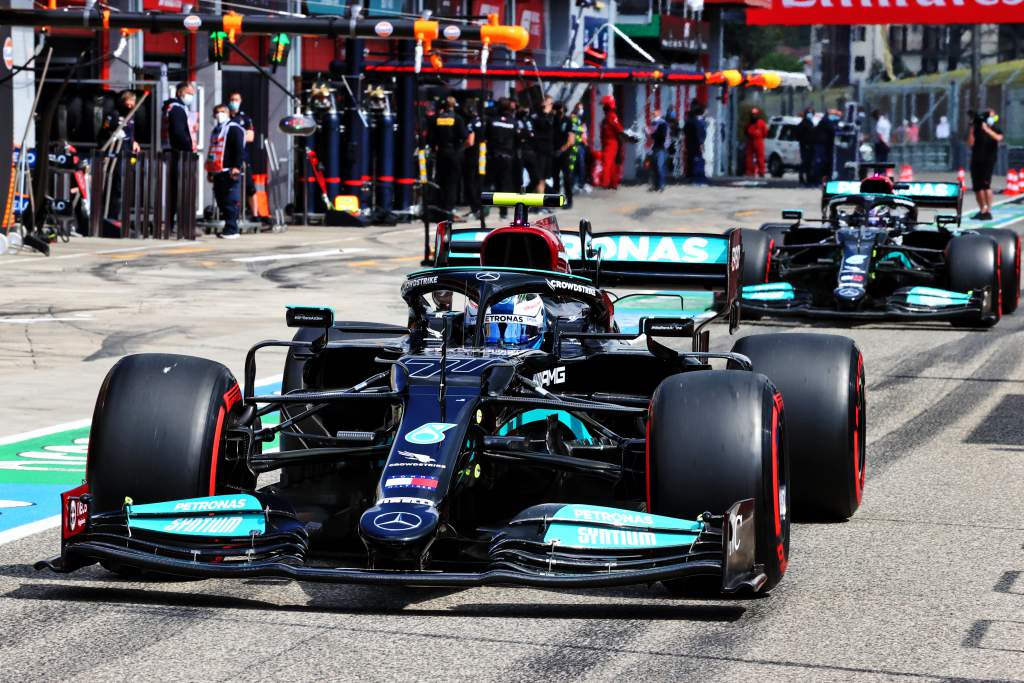
Next season also brings brand new technical regulations, as well as further time pressures in the sporting regulations. Not only is the second Friday practice session set to run later, but the extension of the curfew from nine hours to 10-and-a-half hours from Friday to Saturday night further compresses the available time.
“Next year, because there is a late session on Friday they are not all running in the relevant conditions for the race, so that’s quite a constraint,” says Shovlin. “It’s big deal for us is running at the right track temperatures if you want to understand the issues and these cars, we are actually very familiar with them because they are not new cars, they are very comprehensive update kits as so much was carried over so we can get it together on an evening pretty quickly.
“It’s always the early part of the year where turning them around takes longer and then over time you can re-design bits and streamline your processes, and by the time you get to Abu Dhabi you could get to work on a Friday pretty quickly.
“But it’s probably be the early part of next year when we are learning about the car, learning about the issues and the servicing requirements of it and you’ve still got quite an early finish on a Friday [that it could be a challenge].”
Given Formula 1 teams thrive on controlling variables, the addition of such practice curveballs is probably a positive thing for the fans. But as this year has also proved, not only have the teams been efficient enough to adapt to the compressed Friday sessions, but it has also presented an opportunity for the best teams – and Mercedes remains F1’s strongest despite the challenge from Red Bull – to thrive.





